A Thorn in the Maple: The Khalistan Question and Its Impact on India-Canada Relations
The Khalistan Referendum in Canada
In a striking display of separatist sentiment, nearly 200,000 people gathered in Surrey, Canada, waving yellow flags and chanting "Khalistan Zindabad" in support of an independent Sikh state. The referendum, though focused on Punjab’s secession from India, took place thousands of miles away from the region itself, underscoring how the Khalistan movement has found a stronghold within the Sikh diaspora in Canada.
This growing overseas agitation has now placed the movement at the center of a diplomatic standoff between India and Canada, straining relations between the two nations.
Understanding the Khalistan Movement
Sikhism, with 26 million adherents worldwide, is the fifth-largest organized religion. The majority—23 million—reside in India’s Punjab, where Sikhism was founded in the 15th century. While Sikhs make up only 1.7% of India’s 1.4 billion people, they constitute 58% of Punjab’s population.
The Khalistan movement seeks to establish an independent Sikh state, primarily by carving out Punjab and adjoining Punjabi-speaking regions in northern India. Khalistan, meaning "land of the pure," was at the heart of a violent insurgency in Punjab during the 1970s and 1980s. Though the movement has waned within India, it has found renewed vigor among sections of the global Sikh diaspora, particularly in Canada.
India’s Stance on the Khalistan Movement
The Indian government considers the Khalistan movement a grave national security threat, classifying several associated groups as terrorist organizations under the Unlawful Activities (Prevention) Act. The movement turned violent under Sikh separatist leader Jarnail Singh Bhindranwale, who led a militant uprising in Punjab. In response, the Indian government launched Operation Blue Star in 1984 to neutralize him at the Golden Temple in Amritsar, Sikhism’s holiest shrine. The operation resulted in Bhindranwale’s death but also led to widespread outrage among Sikhs, culminating in the assassination of Prime Minister Indira Gandhi by her Sikh bodyguards. This event triggered the 1984 Anti-Sikh pogrom, where thousands of Sikhs were killed in retaliatory violence across India.
Between 1980 and 2000, Sikh militants were responsible for nearly 11,700 civilian deaths and 1,784 security personnel casualties in Punjab. The movement never gained widespread traction in Punjab, leading to its eventual decline after successful counter-insurgency operations. Many Khalistan sympathizers subsequently emigrated to countries with significant Sikh populations, such as Canada, the United States, the United Kingdom, and Australia.
The 1985 bombing of Air India Flight 182, which killed all 329 people onboard, remains one of the deadliest acts linked to Khalistan extremists. In recent years, India has accused Khalistan activists in Canada and Pakistan of financing gang violence and drug trafficking within its borders. Attacks on Indian diplomats, such as High Commissioner Sanjay Verma, and on Hindu temples in Canada have further exacerbated tensions.
The Khalistan Issue in Canada
Canada is home to the largest Sikh population outside Punjab, with Sikhs constituting 2.1% of the country’s population, according to the 2021 census. Punjabi has become the fourth most spoken language in Canada, reflecting the community’s significant cultural and economic contributions. Sikhs play prominent roles in various sectors, including transportation, construction, and politics.
Despite their integration, a vocal minority within the Sikh diaspora actively supports the Khalistan movement. While their activities do not reflect the views of the entire Canadian Sikh community, India has frequently criticized Ottawa’s handling of pro-Khalistan activism. The issue has been particularly contentious under Prime Minister Justin Trudeau’s government. In 2018, Trudeau’s visit to India was overshadowed by his perceived ties to Khalistan sympathizers, including an invitation extended to a convicted Sikh extremist for a diplomatic dinner—an incident that strained India-Canada relations significantly.
The 2023 Diplomatic Crisis
The diplomatic rupture between India and Canada escalated dramatically in 2023 following the assassination of Hardeep Singh Nijjar, a Khalistan advocate, in Surrey, Canada. Declared a terrorist by India in 2020 for his alleged involvement in bombings and assassinations in Punjab, Nijjar was accused of running terrorist training camps in British Columbia.
On June 18, 2023, Nijjar was fatally shot by masked assailants outside a gurdwara, sparking protests and allegations that Indian agents were responsible for his murder. Initially dismissed as speculation, the accusations gained traction on September 18 when Prime Minister Trudeau told the House of Commons that Canadian authorities were investigating "credible allegations" linking the Indian government to the killing. He asserted:
“Any involvement of a foreign government in the killing of a Canadian citizen on Canadian soil is an unacceptable violation of our sovereignty.”
India vehemently denied the allegations, calling them "absurd." In retaliation, both nations expelled top diplomats, with India also suspending visa services for Canadians (though these were later restored). Relations deteriorated further when Canada withdrew 41 diplomats from India in October.
Divergent Perceptions of the Khalistan Issue
The crisis highlights a fundamental divergence in perspectives. In Canada, the Khalistan movement is often viewed as a political or activist cause, protected under free speech rights. Conversely, India regards it as an existential terrorist threat akin to the US stance on global jihadist extremism.
India has criticized Canada’s failure to produce concrete evidence before making accusations against high-ranking Indian officials, including Home Minister Amit Shah. India also points to Canada’s tolerance of Khalistan-related activities, including moments of silence in parliament for Nijjar and Trudeau’s attendance at Sikh festivals featuring Khalistan flags and images glorifying Air India bombing mastermind Talwinder Parmar.
Canada, in contrast, frames the issue as a matter of sovereignty and legal accountability, arguing that any foreign-backed assassination on Canadian soil is unacceptable. Some observers attribute Trudeau’s stance to political considerations, given the strong Sikh support for his Liberal Party and the influence of Jagmeet Singh’s New Democratic Party, which backed Trudeau’s minority government.
The United States, while expressing concern over the allegations, has largely handled the issue diplomatically. Washington has backed Canada but also cooperated with India on parallel investigations, including the US probe into an alleged Indian plot targeting another Khalistan activist, Gurpatwant Singh Pannun.
The Future of India-Canada Relations
While India and Canada have had diplomatic disputes before, the Nijjar controversy represents one of the most severe crises in their modern relationship. Unlike previous disagreements—such as Canada’s opposition to India’s 1974 nuclear test—this standoff has led to mass diplomatic expulsions and a marked decline in trade, which fell by over $1 billion in 2023.
Canada’s own Indo-Pacific Strategy acknowledges India as a crucial strategic partner, particularly in countering China. However, the ongoing rift undermines efforts to build alliances in the region. If relations remain frozen, India’s exclusion from Canada’s Indo-Pacific vision could weaken Western strategic goals in the region.
Looking ahead, the G7 Summit in Canada presents an opportunity for diplomatic reconciliation. A resolution may also hinge on Washington’s role as a mediator, but behind-the-scenes diplomacy will be critical in preventing further public escalation.
India and Canada share deep historical and cultural ties. Despite current hostilities, cooperation remains essential in shaping a stable, multipolar global order. Finding common ground will require both nations to navigate the complexities of national security, political interests, and international diplomacy with greater pragmatism and tact.


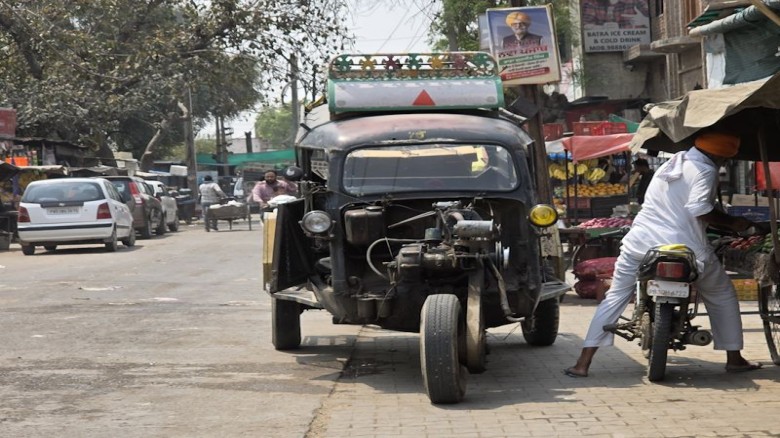

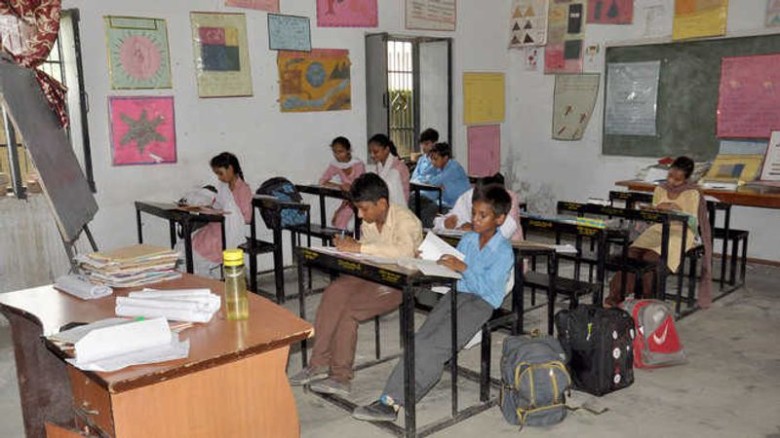
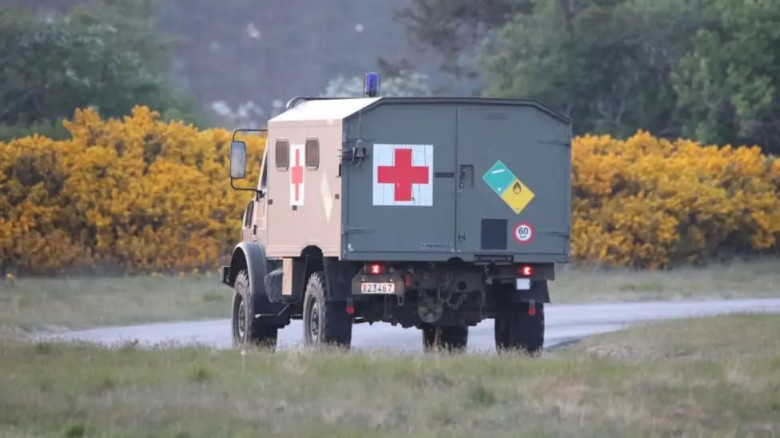


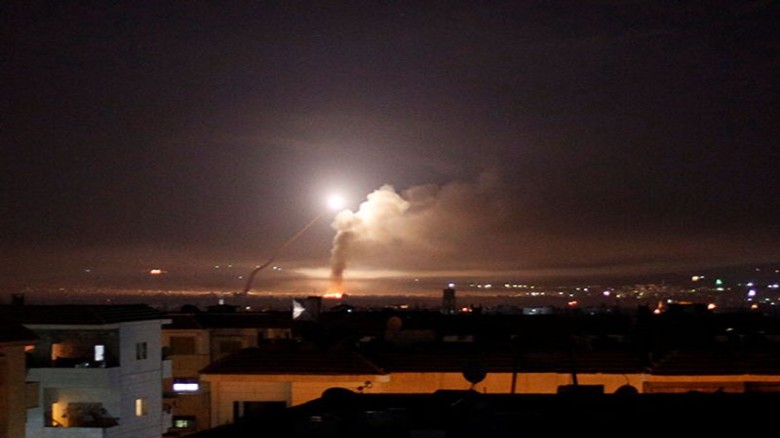


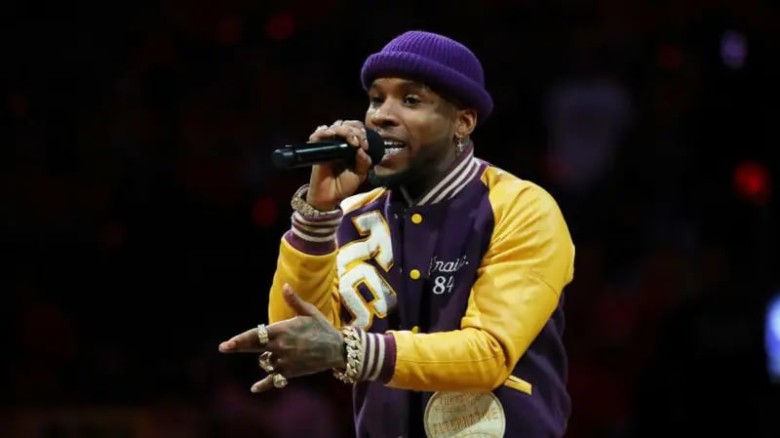


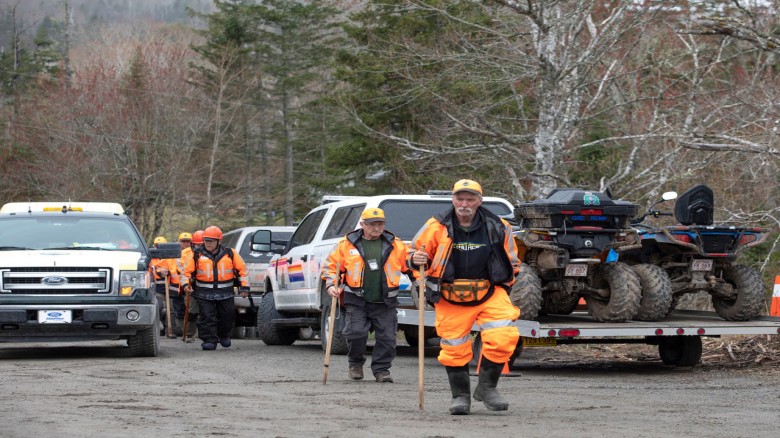




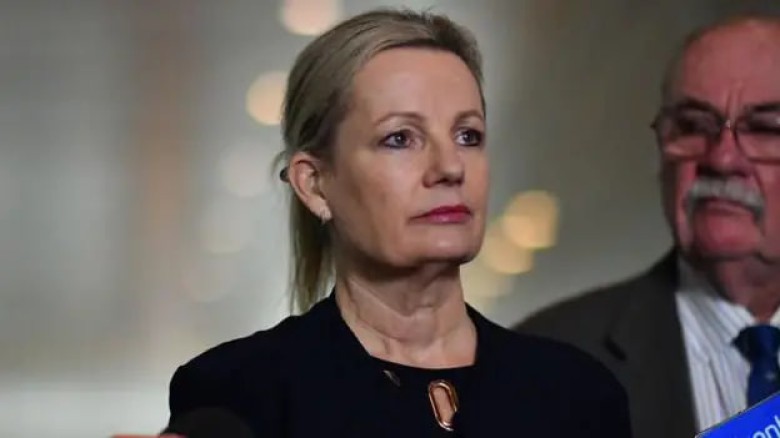

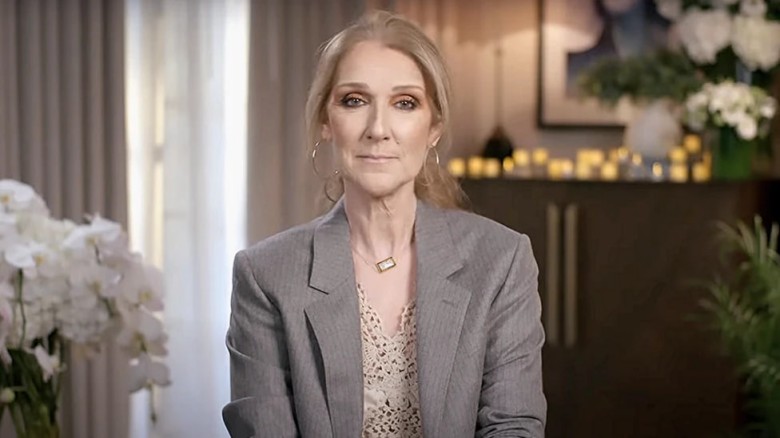



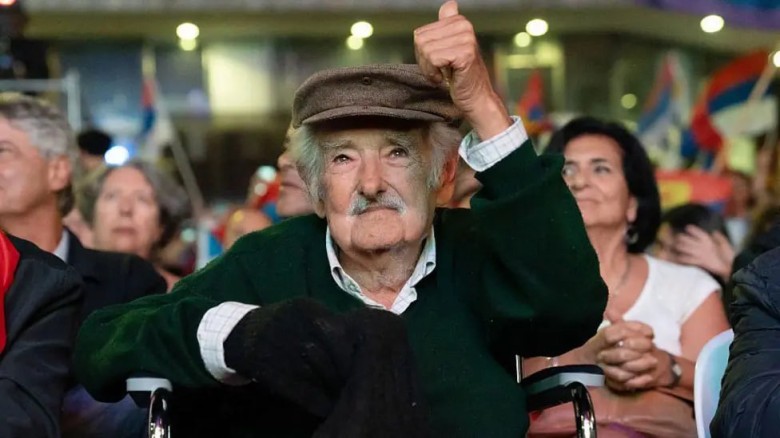
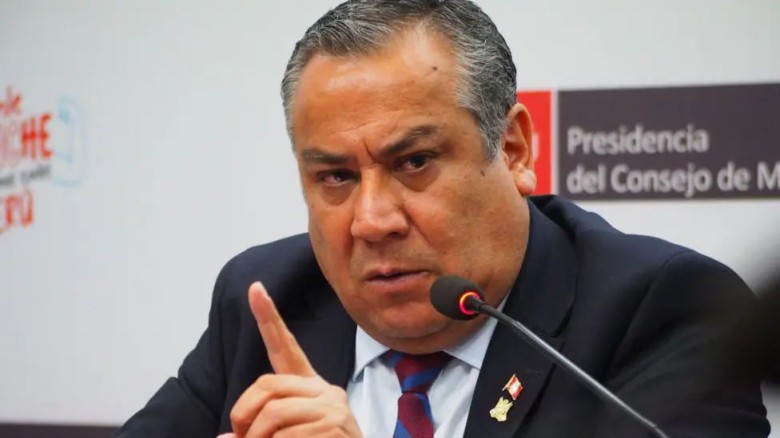

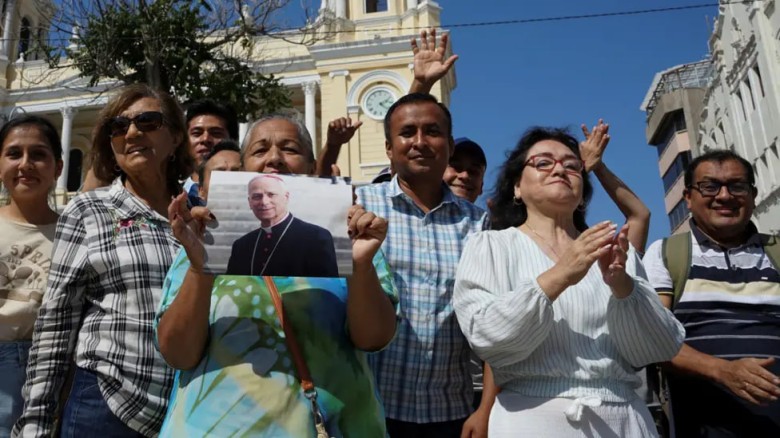


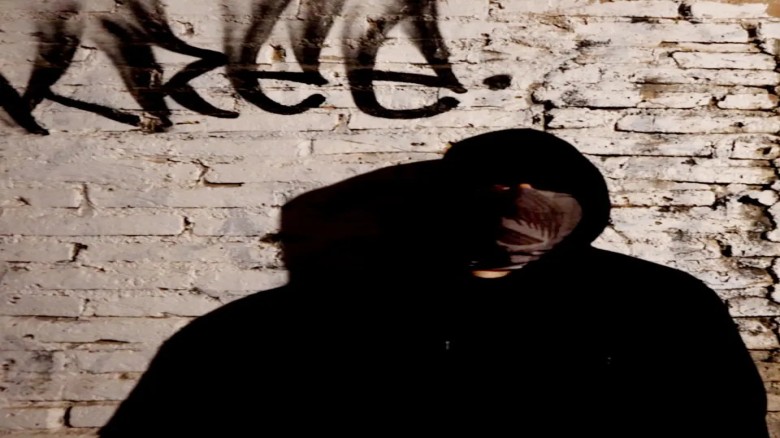
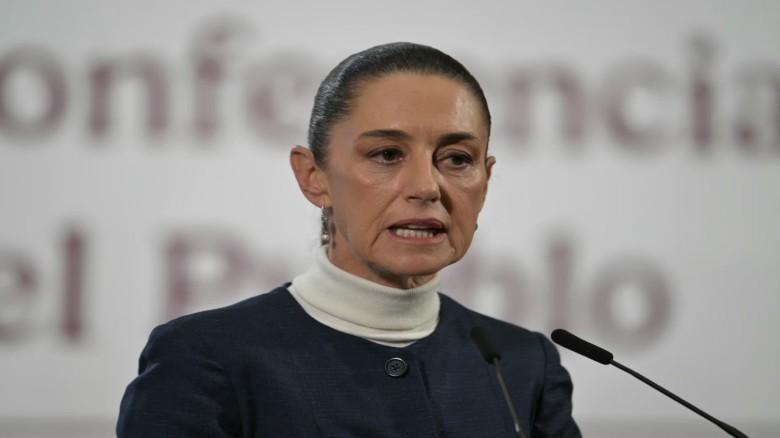
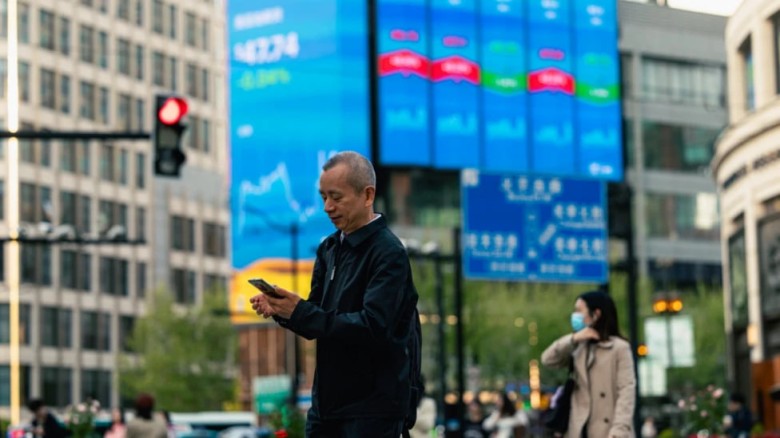
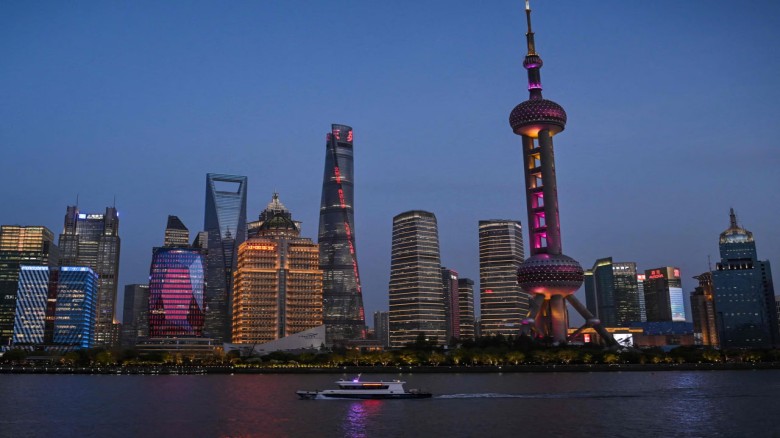
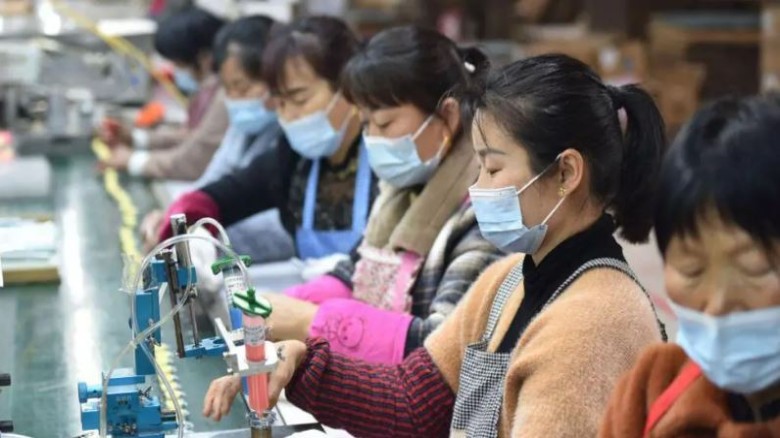

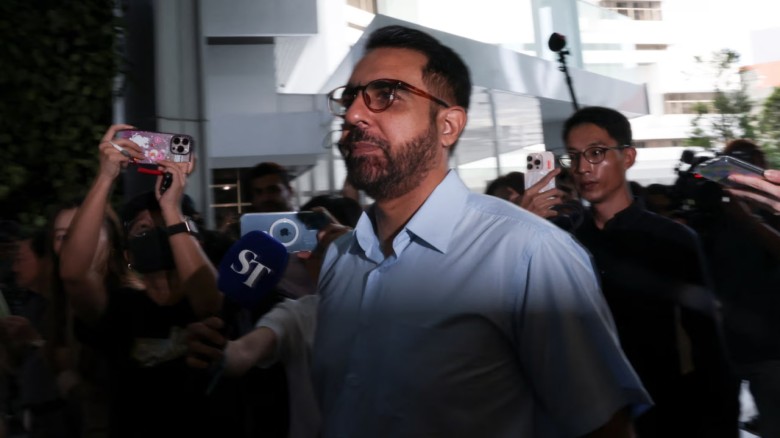

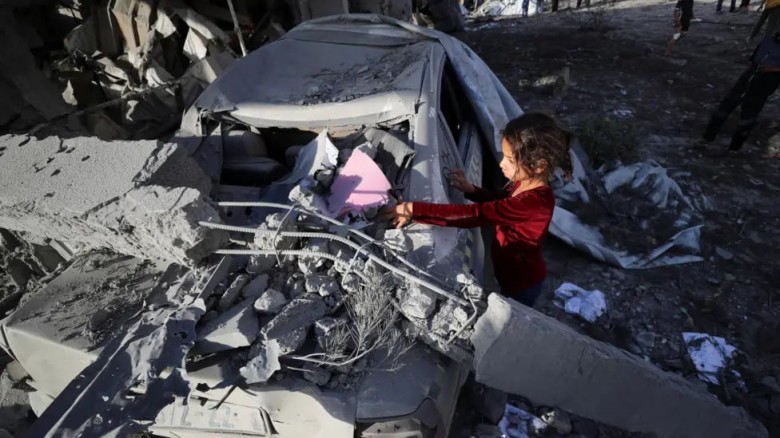
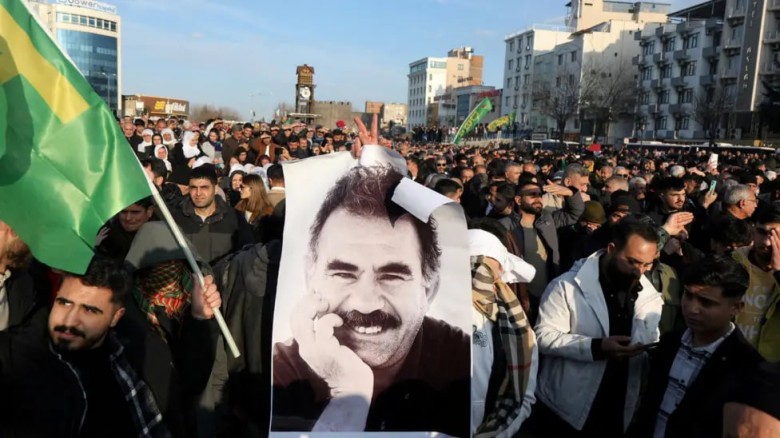
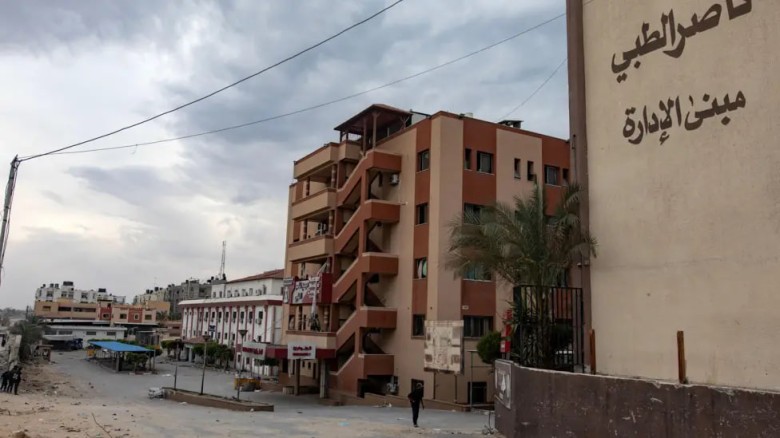
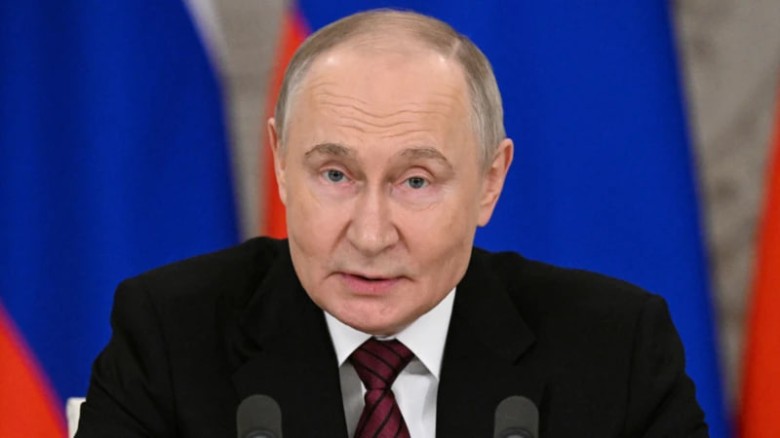
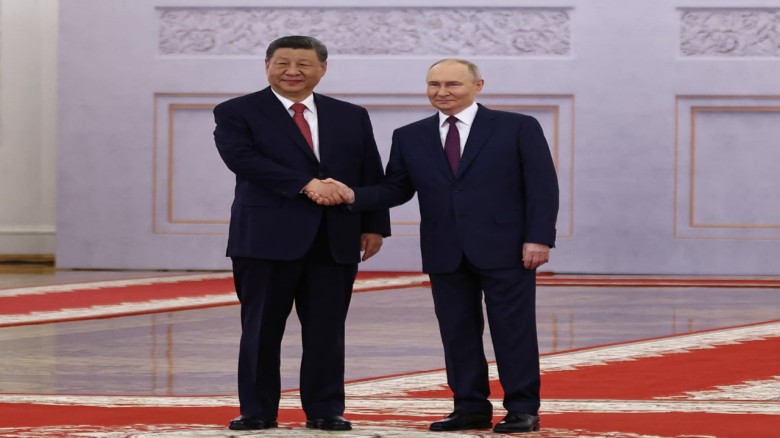
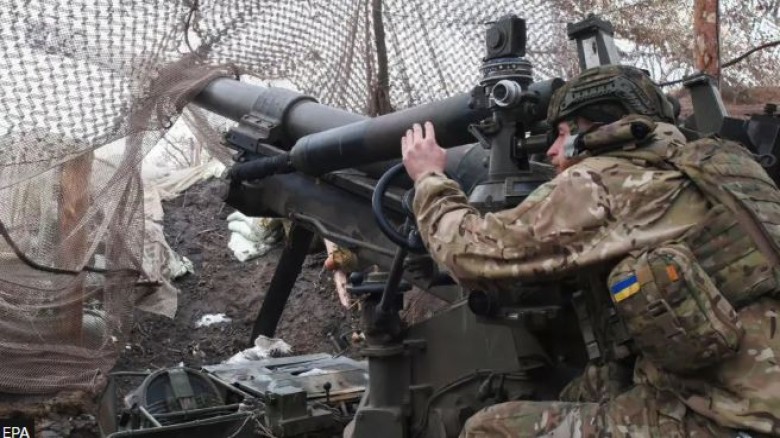
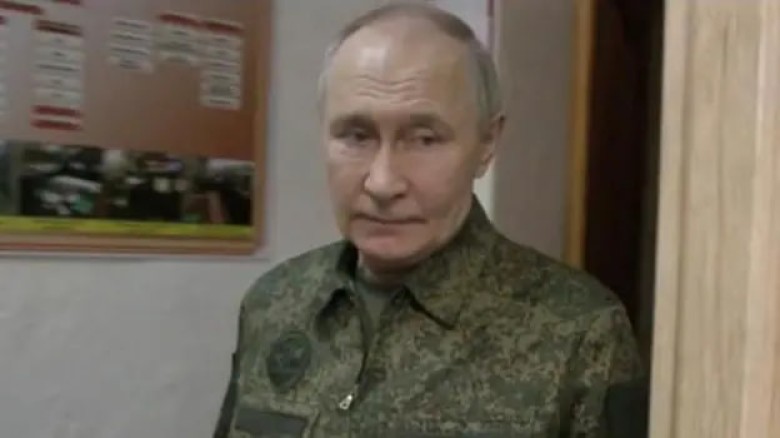
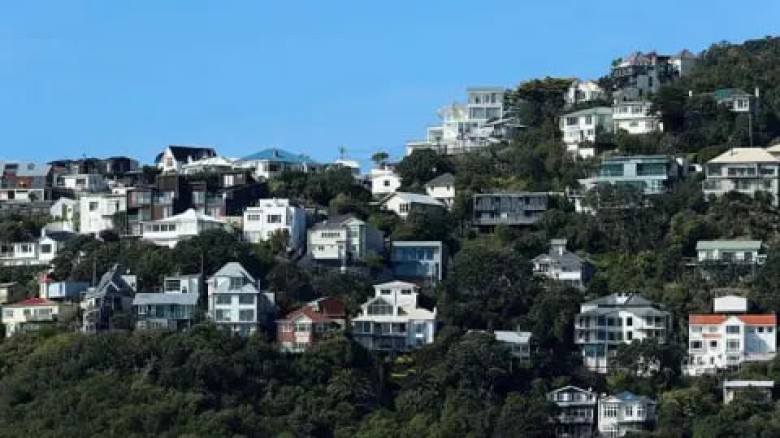
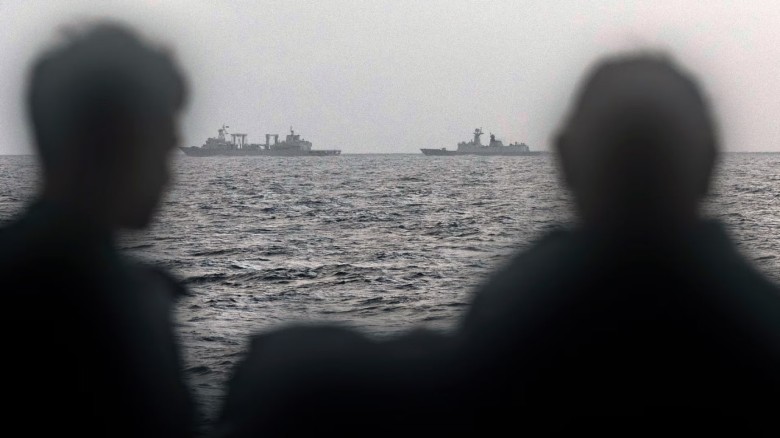
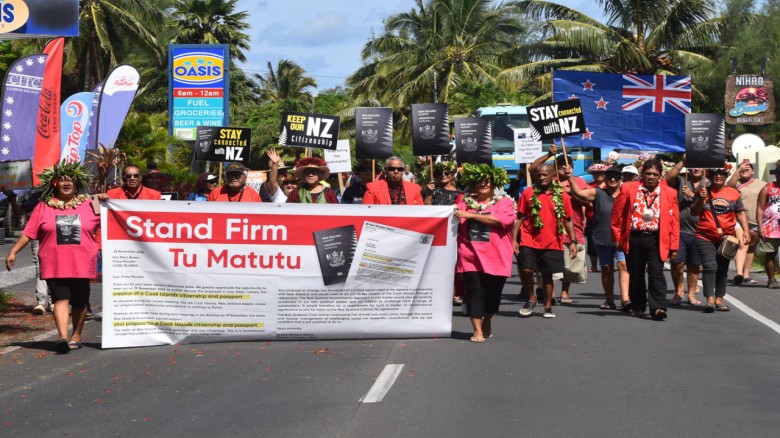
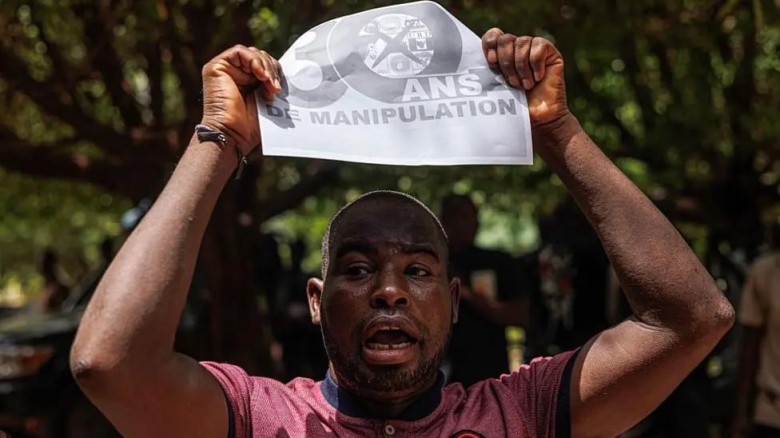


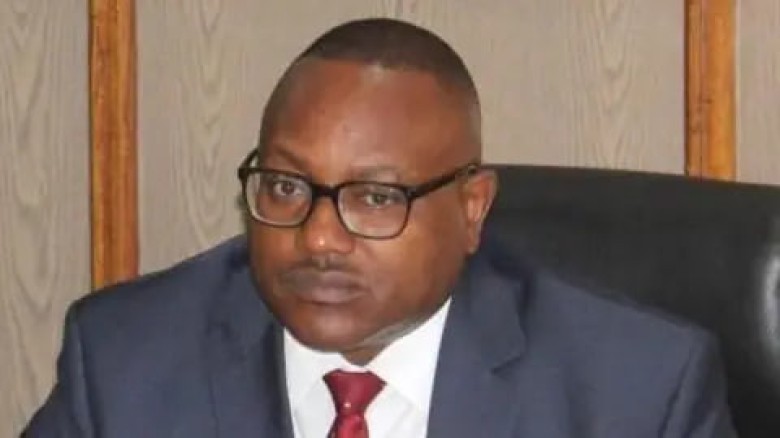
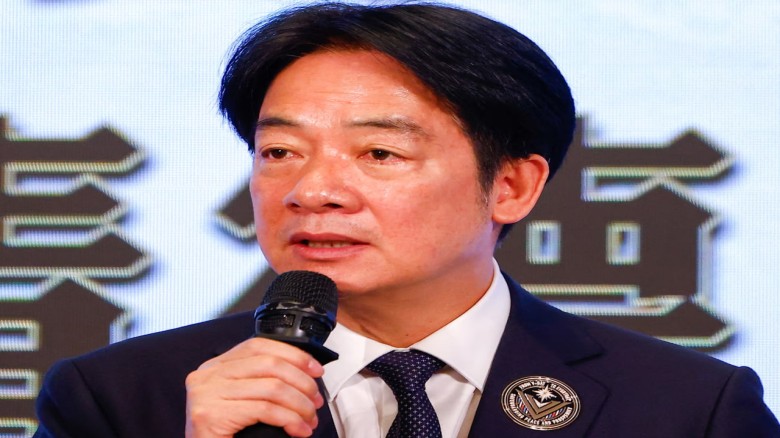
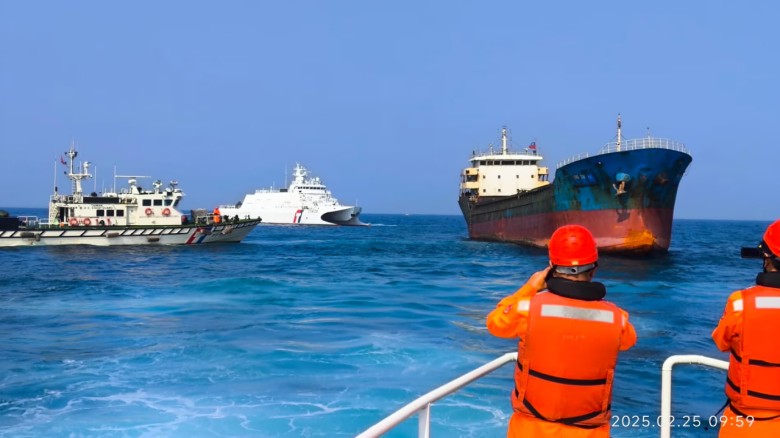
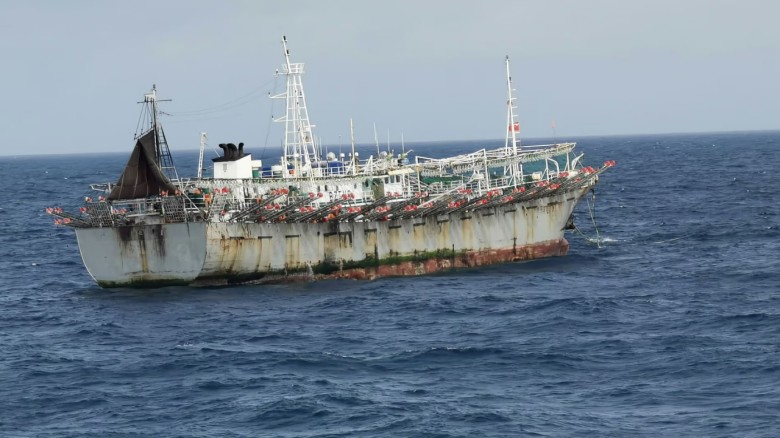

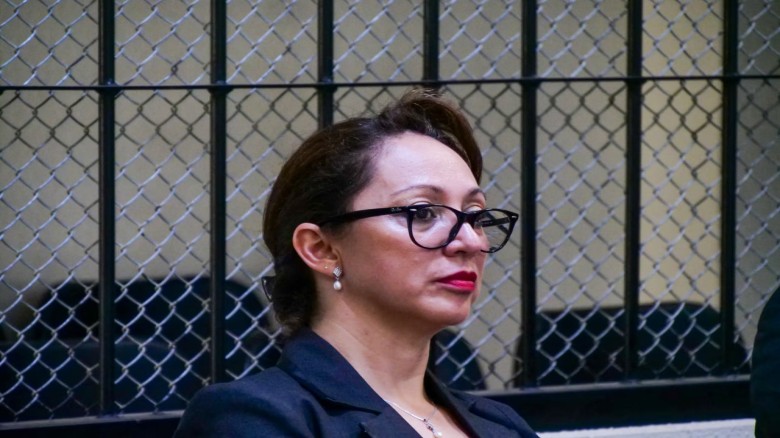

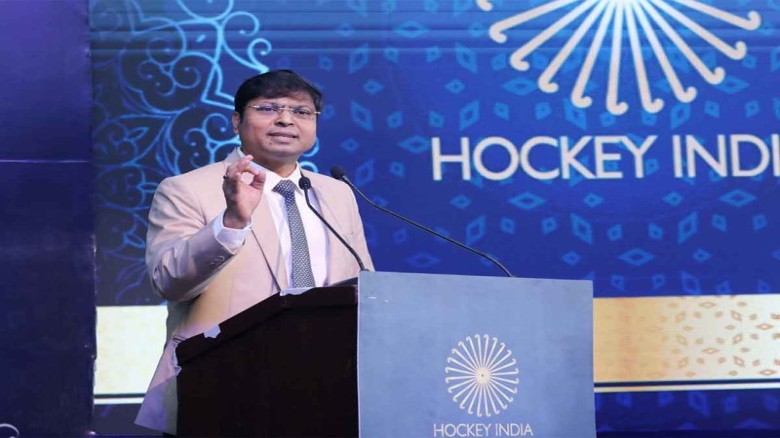
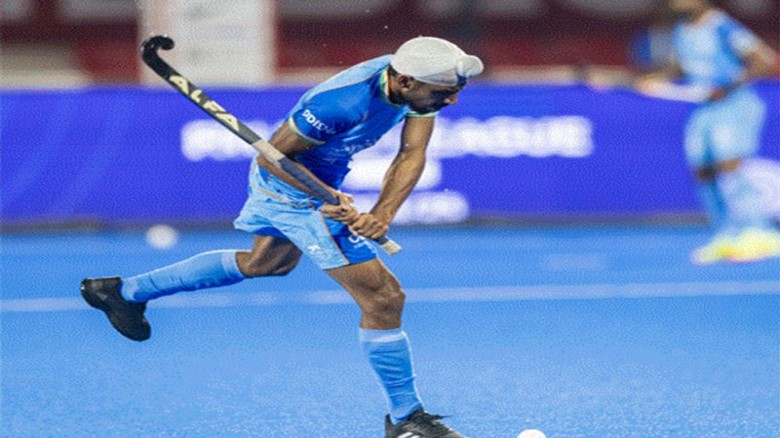
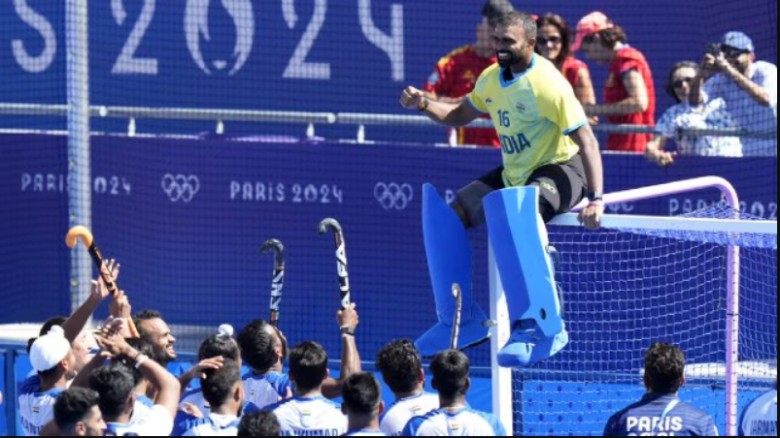


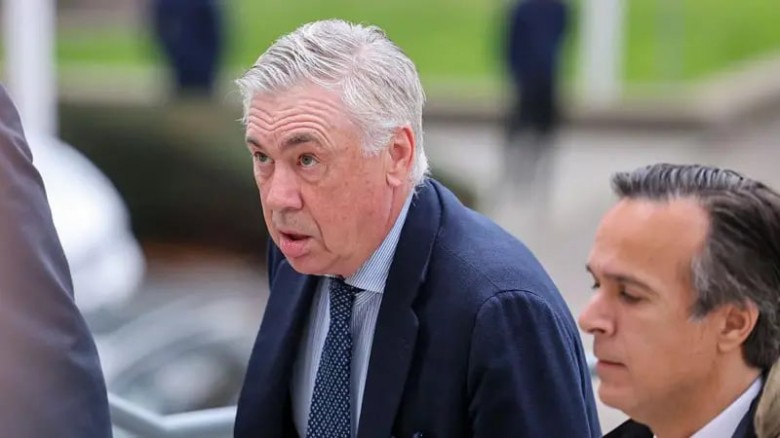



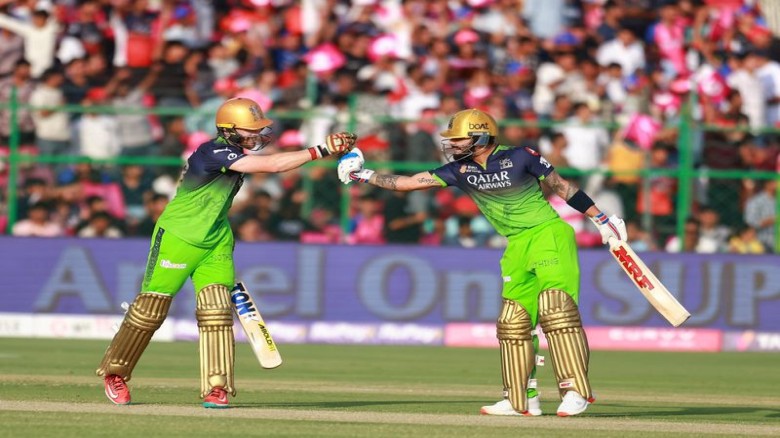

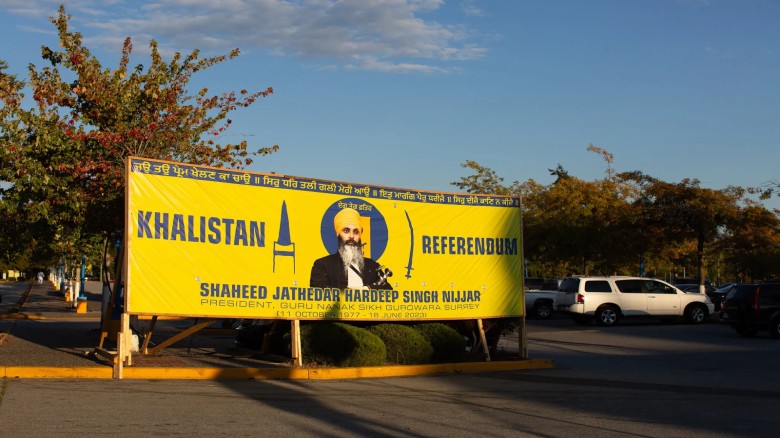


Leave A Comment